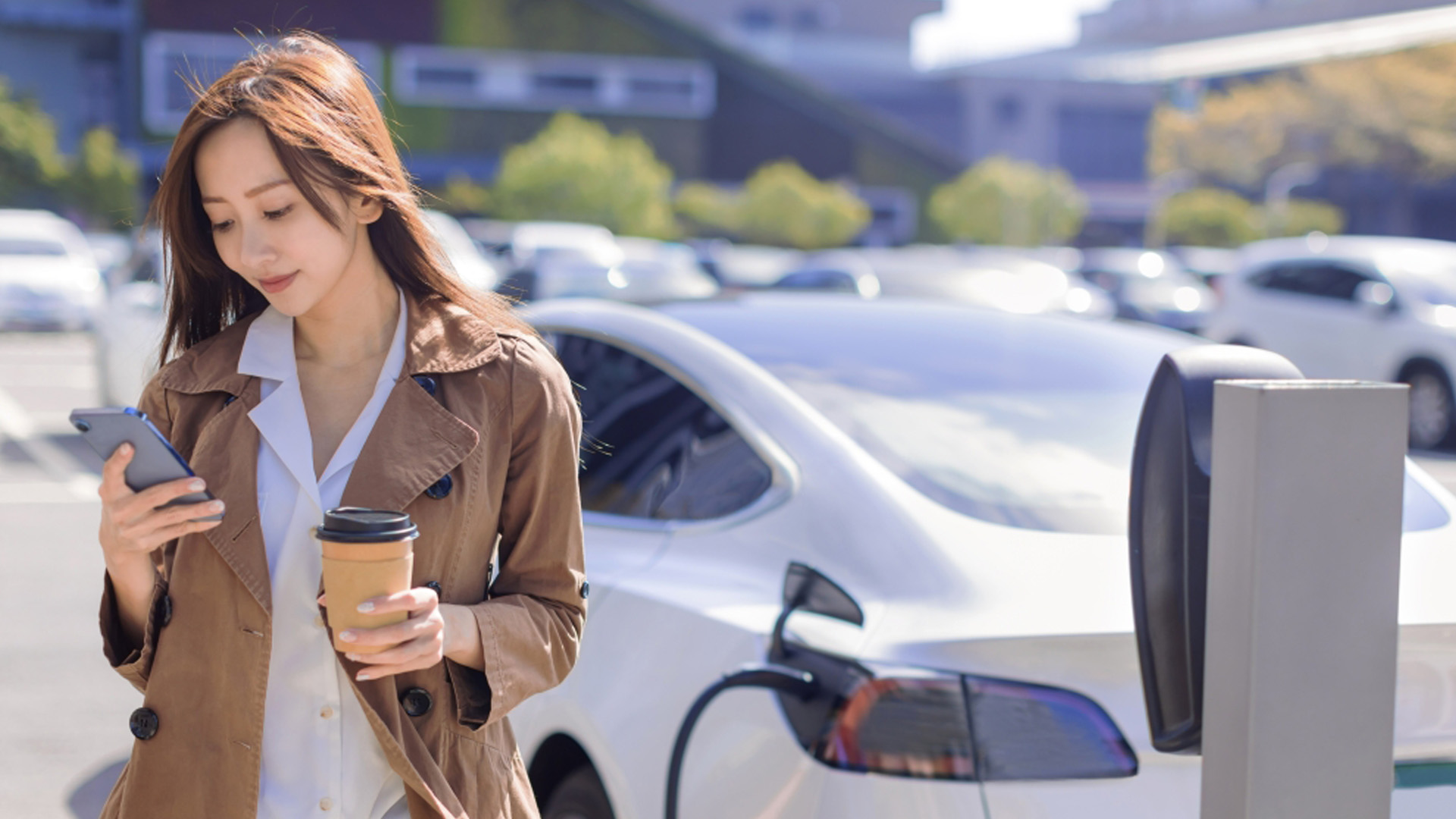How to Charge an Electric Car
Whether you’re charging an electric car at home or in public, you attach a cable to refuel (much like you would with petrol or diesel) and plug into a socket.
Charge at home with a standard UK three-pin socket or install a fast charging point.
In public, use a charge station often offers quicker charge speeds than domestically available.
Types of chargers
Slow
A slow charge (3kW) is the basic home charge. A full recharge will take anything from 8 to 30+ hours, depending on the size of your car’s battery. A Polestar 2 will take 26 hours to fully recharge at 3kW.
Fast
Fast charging at home (7-22kW) allows a quicker recharge, often enabling you to get from empty to full in about four hours.
An Audi E-Tron takes 13.5 hours at 7kW to fully replenish. 7kW untethered (bring your own cable) are the most common charge points across the UK.
Rapid & SuperChargers
Not available domestically, a Rapid charge delivers 50kW+. Some models can handle quicker, higher wattage charging - the Tesla Model S for example, can take advantage of the exclusive Tesla network of Superchargers.
At Rapid charge, the Tesla Model S takes 6 hours to fully recharge, and at a Supercharger station, it takes only 40 minutes to recharge from 0 to 80% of battery capacity.
How do I find my nearest charging point?
There are +20,000 charge points across the UK Zap-Map is a great resource for finding the most convenient charge point.
How to charge an electric car in public?
Public charging is not complicated.
- Locate the most convenient charge point and park. Make sure it’s compatible with your vehicle’s charge variety (AC, DC, what type of connector etc).
- Open your charge port (often where the traditional fuel cap would be, or on the front of your vehicle).
- Plug in. Some charge points don’t supply cables so you’ll need to bring your own. If it has a cable - simply choose the right connection and plug in.
- Pay. When the charger recognises you’re connected, you can pay for the charge and let the process begin.

What is an RFID card?
Radio Frequency Identification (RFID) is the use of radiofrequency waves to transfer data, wirelessly and non-contact. It feels a bit like paying contactless. There are many different charging networks across the UK; some require you to have a paid account with them, whereas some are even offered for free.
How to charge an electric car on the motorway?
Most EV owners primarily charge at home, overnight, but long journeys may necessitate a motorway recharge.
- Identify your intended stop en route and make sure it has an adaptable charger (almost all motorway charge points are provided by Ecotricity as part of their ‘electric highway’)
- If Ecotricity-provided, download their Electric Highway app
- Check the status of their pump using the smartphone app
- Check for compatibility (use your EV guide to work out which charger type is compatible with your car)
- Start to charge and pay
- Enjoy a maximum of 45 minutes charging
It’ll cost more to charge up on the move than it would charging at home.
How can I charge an electric car at work?
Workplace charging is the perfect alternative for EV owners who don’t have the capacity for home charging, especially if they work for a large, forward-thinking firm.
If your workplace doesn’t have a charge point, mention the WCS grant (allowing businesses to reduce the cost of providing charge points by up to £10,000!).
Approach the charger like any other public charger - making sure it’s compatible with your vehicle’s needs
Plug in and recharge whilst you work! As the average European commute is less than 20 miles per day, topping up five days a week at your workplace should keep you charged up.
How to charge an electric car at home?
Home charging is slower than public charging, but it’s great for getting your car replenished overnight.
Conveniently charge at home with our electric car lease deals, with charger included.
- Install a charge point (Virtus Energy is Rivervale’s go-to EV charge point installer, helping us to choose which charge point will work best for each EV).
- Apply for a government grant of £350 for your charge point.
- Plug in, and leave to recharge!
What if I don’t have a driveway?
If you don’t have off-street parking, you can’t install a charge point. But you shouldn’t necessarily let this deter you from owning an EV.
If your workplace offers EV charging that’s ideal. Then there’s the option of public charging (they’re often available in supermarkets, cinemas, shopping complexes and big gyms, for example).
There is also the public provision of charge points.
If you’re struggling to find one in your local area, get in touch with your council about government funding for the Onstreet Residential Chargepoint Scheme (ORCS).

